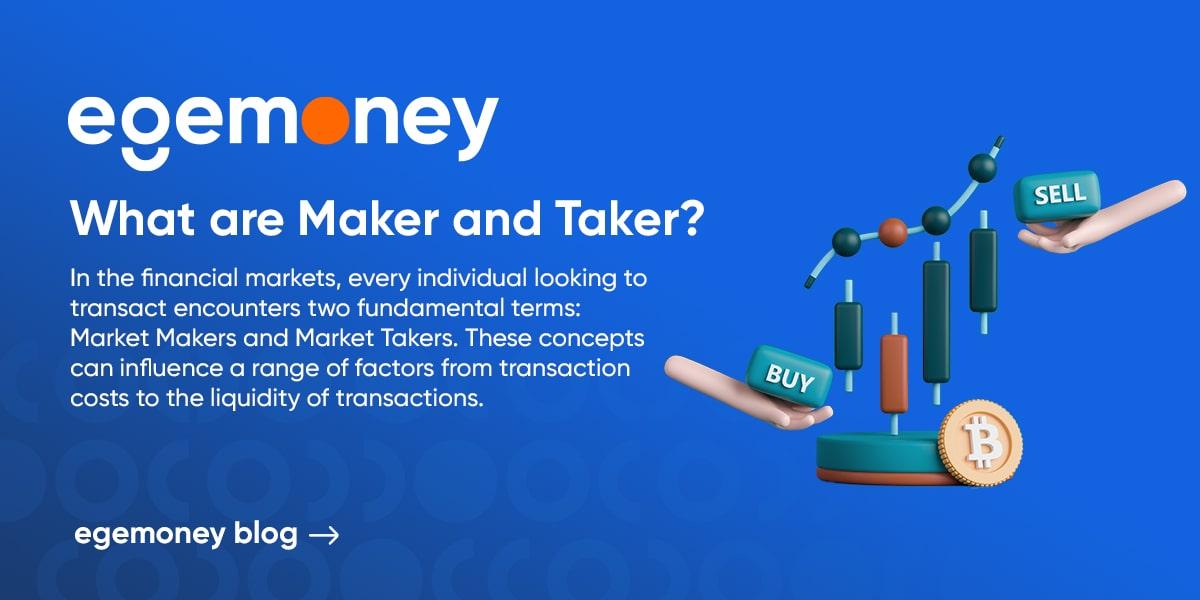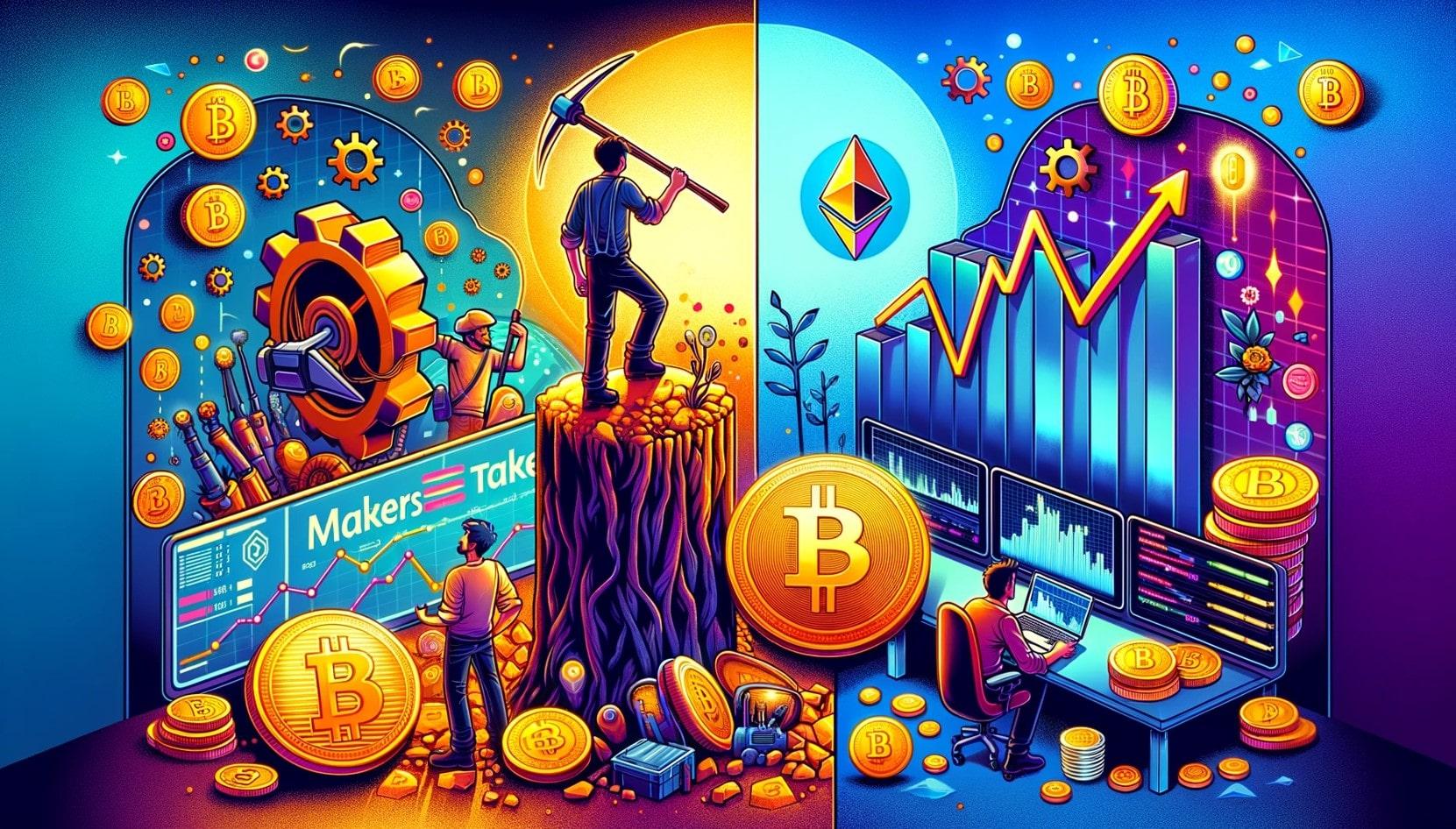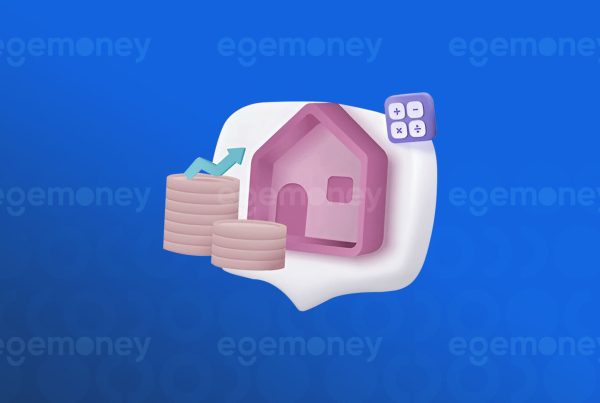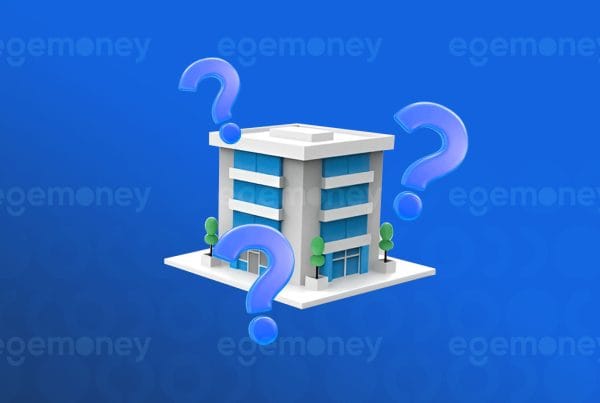 In the financial markets, every individual looking to transact encounters two fundamental terms: Market Makers and Market Takers. These concepts can influence a range of factors from transaction costs to the liquidity of transactions. In this article, we will thoroughly examine the differences between Market Makers and Market Takers, the importance of these roles in the markets, and how they can affect your transactions.
In the financial markets, every individual looking to transact encounters two fundamental terms: Market Makers and Market Takers. These concepts can influence a range of factors from transaction costs to the liquidity of transactions. In this article, we will thoroughly examine the differences between Market Makers and Market Takers, the importance of these roles in the markets, and how they can affect your transactions.
Who are Market Makers?
Market Makers are institutions or individuals that enhance the liquidity and efficiency of financial markets by bringing buyers and sellers together. Their primary goal is to facilitate the easy execution of buy and sell transactions at any time by consistently offering bid and ask prices. Market Makers fill the gaps between supply and demand and contribute to price stability by providing a continuous market for investors wanting to make transactions.
What is a Maker Fee?
The Maker fee is a transaction fee paid by market makers in the financial markets, especially in cryptocurrency exchanges, for the transactions they execute. A user acts as a market maker by adding a new order to the existing order book without directly affecting the market price (for example, by placing a sell order at a price lower than the current highest buy price, or a buy order at a price higher than the current lowest sell price). Such orders increase the market’s liquidity because they wait in the order book before the transaction occurs. The Maker fee is generally kept lower than that for market takers to encourage this contribution. Market takers prefer to transact immediately and at current market prices, and therefore, usually pay a higher taker fee. Lower Maker fees incentivize users to provide liquidity, thus contributing to a healthier and more efficient market operation.
Characteristics and Strategies of Market Makers
- Liquidity Providers: Market makers are actors who provide liquidity to the market by continuously offering buy and sell quotes and adapting to market conditions.
- Long-Term Positions: Market makers can often follow long-term strategies and may prefer to earn through transaction volumes instead of benefiting from market fluctuations.
- Risk Management: Market makers manage their risks through the spread between the offered buy and sell prices. This spread provides protection against price changes they might encounter during transactions and allows them to balance these risks with the revenue generated from transaction volumes.
Types of Market Makers
- Banks and Financial Institutions: Large financial institutions often act as market makers in various financial products like foreign exchange, bonds, and stocks.
- Individual and Institutional Investors: Under certain conditions, individual and institutional investors can also take on the role of market making.
- Electronic Market Makers: These are electronic systems that use algorithmic trading strategies to place buy and sell orders very quickly.
Risks Faced by Market Makers
Market makers are vulnerable to changes in market conditions and can be exposed to losses arising from price movements. Additionally, situations like the widening of spreads during high volatility periods can also pose risks for them.

Who are Market Takers?
Market Takers are defined as individuals or institutions that issue buy or sell orders at the current market price when they wish to transact in the financial markets. Unlike market makers, market takers do not actively set prices; instead, they prefer to transact at prices established by market makers. This dynamic allows for transactions to occur quickly for buyers and sellers, facilitated by the prices offered by market makers who provide liquidity.
What is a Taker Fee?
The Taker fee is a transaction fee paid by market takers in the financial markets, especially in cryptocurrency exchanges, for the transactions they execute. A user acts as a market taker when they want to transact immediately at the market price and accept an order from the existing order book (for example, by making an instant purchase or sale), completing the transaction. Such transactions “take” the existing market liquidity because they immediately match with existing orders in the order book, and hence, these transactions are referred to as “taker” transactions.
The Taker fee is the transaction cost paid by the market taker and is usually higher than the Maker fee. This structure rewards and encourages the liquidity-providing action of market makers, as they add orders to the order book without changing the market price, contributing depth and stability to the market. On the other hand, the higher Taker fee encourages users to add new orders to the market instead of instantly using existing orders, helping to maintain the overall liquidity and health of the market. This fee structure supports the efficient functioning of markets and offers investors the opportunity to adopt different strategies depending on whether they act as a market maker or not.
Characteristics and Strategies of Market Takers
- Active Investors: Market takers are often active investors who wish to respond quickly to market conditions.
- Short-Term Opportunities: Market takers may want to benefit from short-term price movements and therefore prefer the instant prices offered by market makers.
- Transaction Costs: Market takers typically pay a spread to transact, which is the difference between the buy and sell prices, and this cost is taken in exchange for the liquidity provided by market makers.
Importance of Market Takers
Market takers ensure that the financial markets remain dynamic and liquid. Their active participation allows the prices offered by market makers to be continuously tested and for market prices to be updated in real-time. Without market takers, there may not be enough participants to transact at the prices offered by market makers, which could lead to a decrease in market liquidity and efficiency.

The Relationship Between Market Makers and Market Takers
The relationship between market makers and market takers forms the basis of liquidity and efficiency in financial markets. Market makers constantly provide liquidity to the market by always offering buy and sell price quotes, giving investors, namely market takers, the opportunity to trade instantly. Market takers benefit from this liquidity by buying or selling instantly at the prices offered by market makers. This dynamic interaction ensures that market prices are continuously updated and market depth is maintained, thus allowing financial markets to operate more liquidly and orderly. This constant exchange between market makers and market takers is critically important for the overall health of the market and enables investors to trade at fair prices at any time.
You might be interested in: “What Are Crypto Trading Strategies?“
Why Is There a Difference Between Maker and Taker Fees?
The difference between maker and taker fees is based on the impact of transactions made on cryptocurrency exchanges on the market. “Makers” are those who provide liquidity to the market by placing a new order; that is, they set a price at which they want to buy or sell and wait for someone else to accept this order. “Takers” are those who accept orders already in the order book that can be executed immediately, thus “taking” liquidity.
Exchanges typically charge lower commissions for makers because they provide liquidity to the market. Taker commissions are generally higher because they utilize the existing liquidity. This pricing structure encourages users to add new orders to the market, thus providing liquidity and helping the market operate more efficiently overall.
For detailed information on the commission rates applied to cryptocurrency buy-sell transactions on our EgeMoney platform, you can visit our Trading Fees page.







